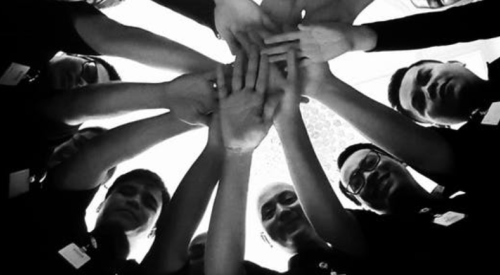|
Getting anywhere in the fast lane to management excellence requires keen process management and impact insight. In most cases, it begins with process mapping, the most common foundational tool to help everyone understand what is actually done, who does it and when accompanied by a performance measurement program how effective it is at producing results.
Mapping doesn't need to be complicated. Simple maps allow for easier changes to coincide with and support strategy changes. All a good process map has to do is easily identify the activities performed and by whom, how they interact with each other and why they need to do so. A process map should prompt employees to ask, "Why do we do it this way?" Successful development of process maps produces visible and invisible products: process maps and improvement insights. Both outcomes should be cause for recognition, celebration and reward.
Many successful firms prepare their less visible infrastructures of success by incorporating process mapping with the standardization documentation needed to keep the process predictable and manageable. I recommend separating the two to emphasize the importance of the process-mapping (designing) activity as a precursor to documentation.
Performance managers would be wise to practice what they've mapped for several weeks before incorporating their new insights into what they are documenting. I have been on many audits on which the actual activities differed from the documentation. Employees would respond that it's different from the work instruction because "it's easier this way." Either the documentation should be changed to reflect the actual way things are done, or the employees should be trained to do it the right way. In both cases, to ensure quality and consistency of product, documentation and actual should be the same.
Processes that are "customer-facing" are especially critical to standardize and document, as are the performance indicators used to define different levels of success. The customer-facing processes are "customer intelligence" collection opportunities, and their strategic value must be cultivated by careful design of how they deliver products to the customer. Engage customers to determine if the products match the dynamic definitions of what they really need or value. These opportunities also determine what part of the end-to-end process adds the most value or subtracts value. The "customer-facing" processes can be communication lines, systems links and face-to-face encounters.












